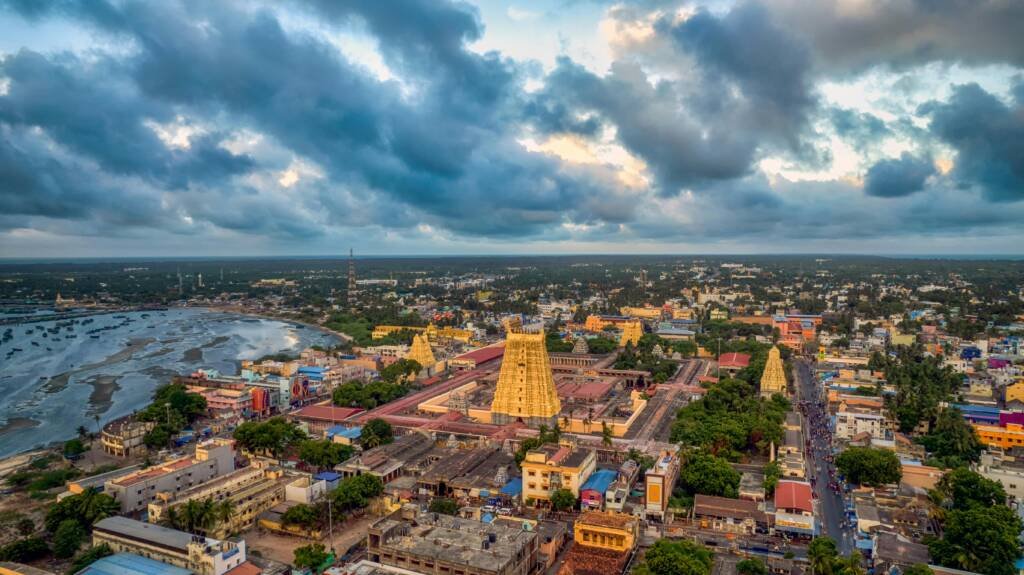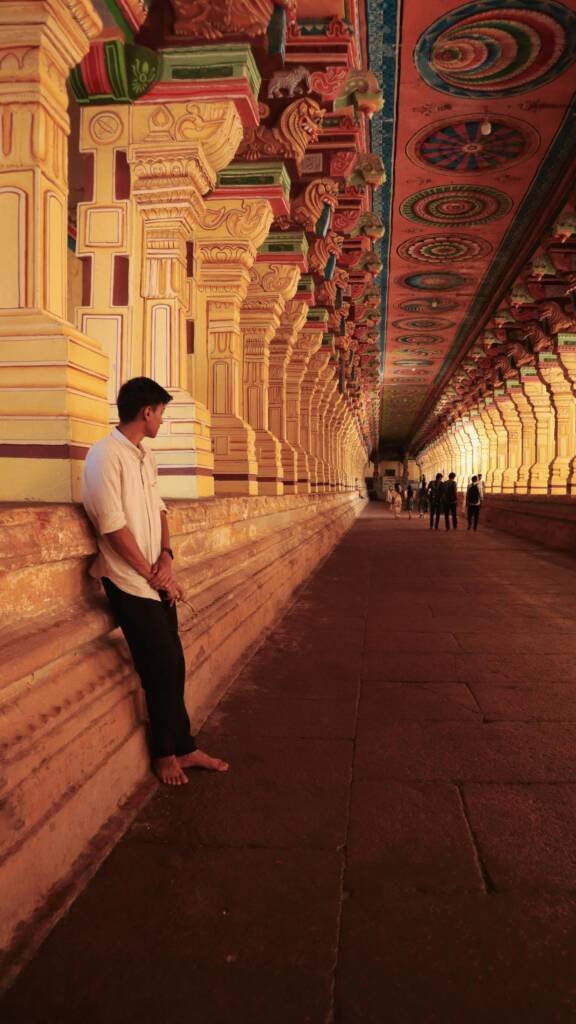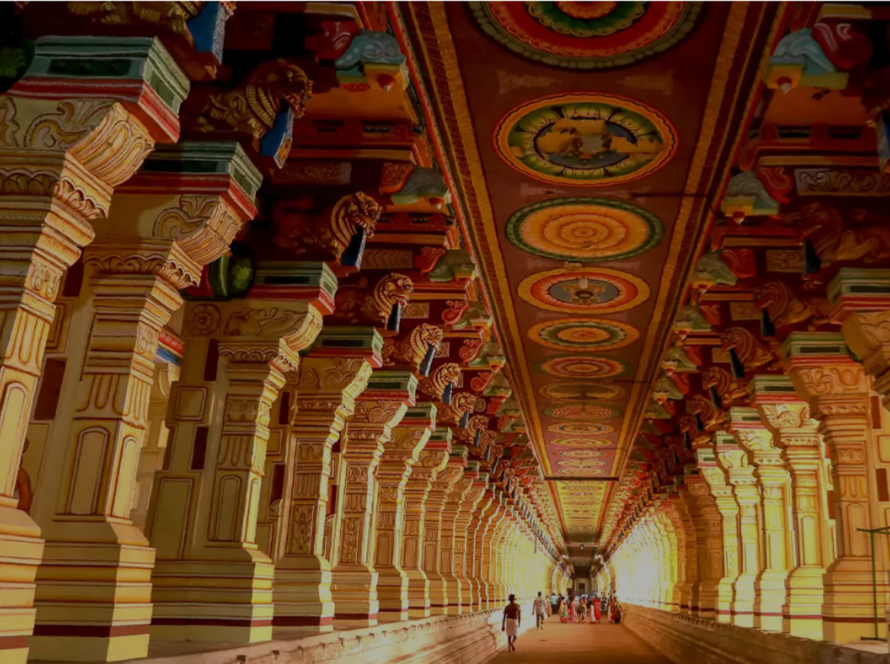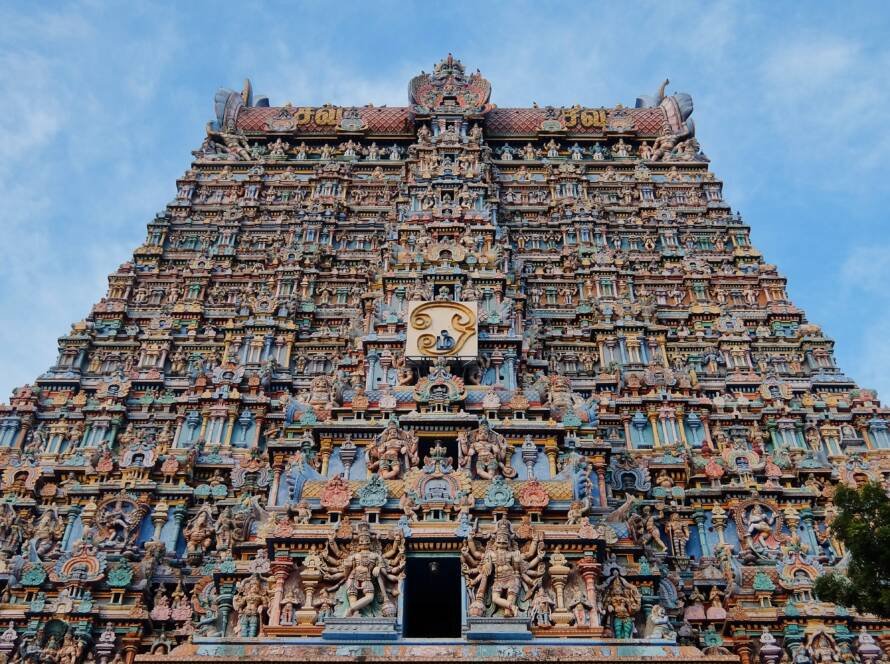Whispers of the Wind, Echoes of the Divine
Somewhere between the silence of the snow-capped peaks and the lullaby of the southern seas, lies a path not drawn on ordinary maps. It is a path etched into the very soul of India—a sacred axis that runs from the towering serenity of Kedarnath in the north to the ocean-embraced sanctity of Rameswaram in the south. This is not just geography—it is tirtha, a crossing point between the mortal and the divine. Here, every stone speaks, every ritual breathes, and every pilgrim carries not just prayers but stories—generational, mythical, and deeply personal.
Kedarnath: The Silence of the Gods
At 11,755 feet above sea level, wrapped in the embrace of the Garhwal Himalayas, Kedarnath stands not merely as a temple, but as a testimony to devotion that endures nature’s fiercest trials. Dedicated to Lord Shiva, the temple is believed to have been built by the Pandavas and later revived by Adi Shankaracharya, whose mortal remains are said to rest nearby.
The chill in the air is not just of altitude—it carries the weight of penance and prayers whispered through centuries. Bells ring softly here, not to awaken gods, but to echo gratitude. Pilgrims trek through treacherous terrain not out of obligation, but to surrender ego and dissolve into the majesty of stillness. This is a place where time melts into timelessness, and the spirit finds its own voice in the hush of snow.


Rameswaram: Where the Ocean Meets Faith
Thousands of kilometers south, where the land stretches into the Indian Ocean like a final gesture of longing, lies Rameswaram. Here, Lord Rama is said to have built the bridge to Lanka, and it is here that he worshipped Shiva after his victory—honoring humility even in triumph. The Ramanathaswamy Temple, with its endless corridors and sculpted pillars, feels less like a structure and more like a moving prayer carved in stone.
Rameswaram is water and fire—tirthas that cleanse, winds that carry chants, and shrines where the Ganga is believed to flow invisibly into the sea. Devotees bathe in 22 holy wells, a symbolic shedding of past burdens. Even the architecture stretches like a metaphor—reminding us that devotion is a journey that moves inward, through repetition and rhythm.
A Sacred Axis: The Invisible Thread
Between Kedarnath and Rameswaram lies not just India, but Bharat—the land of inner exploration. This north-south alignment represents the merging of two great cosmic energies: Shiva and Vishnu, renunciation and action, the Himalayas and the ocean. The pilgrimages that bind these points are journeys of balance—where soul meets soil, and heaven touches earth.
The sacred geography of India is no accident. It is a civilizational consciousness—a way of aligning human life with the cosmic order. Whether walking the Char Dham or meditating along the banks of the Ganga, one isn’t simply moving across space, but ascending inwardly. These axes are spiritual compasses, pointing not just to physical locations but to states of being.
Why It Still Matters Today
In a world that rushes and forgets, these sacred routes remind us to pause, to remember. They invite us to walk—not just to reach, but to feel. Even today, a modern pilgrim may carry a smartphone in one hand, but it is the heart that still leads the way. Kedarnath to Rameswaram is a call to rediscover roots, values, and the ancient dialogue between man and the cosmos.
Children learn stories of the Ramayana and Mahabharata not as myths but as mirrors. Elders chant mantras passed down orally, and young seekers turn to these sites not out of superstition, but for grounding in a world that often feels unmoored. This axis remains alive—because it lives not just in temples and towns, but in us.
A Journey Within
As the pilgrim bows at Kedarnath and takes a final dip at Rameswaram, the circle completes—not around the country, but within the self. These are not places on a bucket list; they are portals to becoming. To trace this sacred axis is to walk the spine of India’s spiritual body—a path that invites surrender, sanctity, and self-discovery.
Between the mountains and the sea, may we always find the courage to walk slowly, listen deeply, and remember that some destinations cannot be seen—they must be felt.
May every journey we take remind us of who we are, and what we are eternally connected to.



